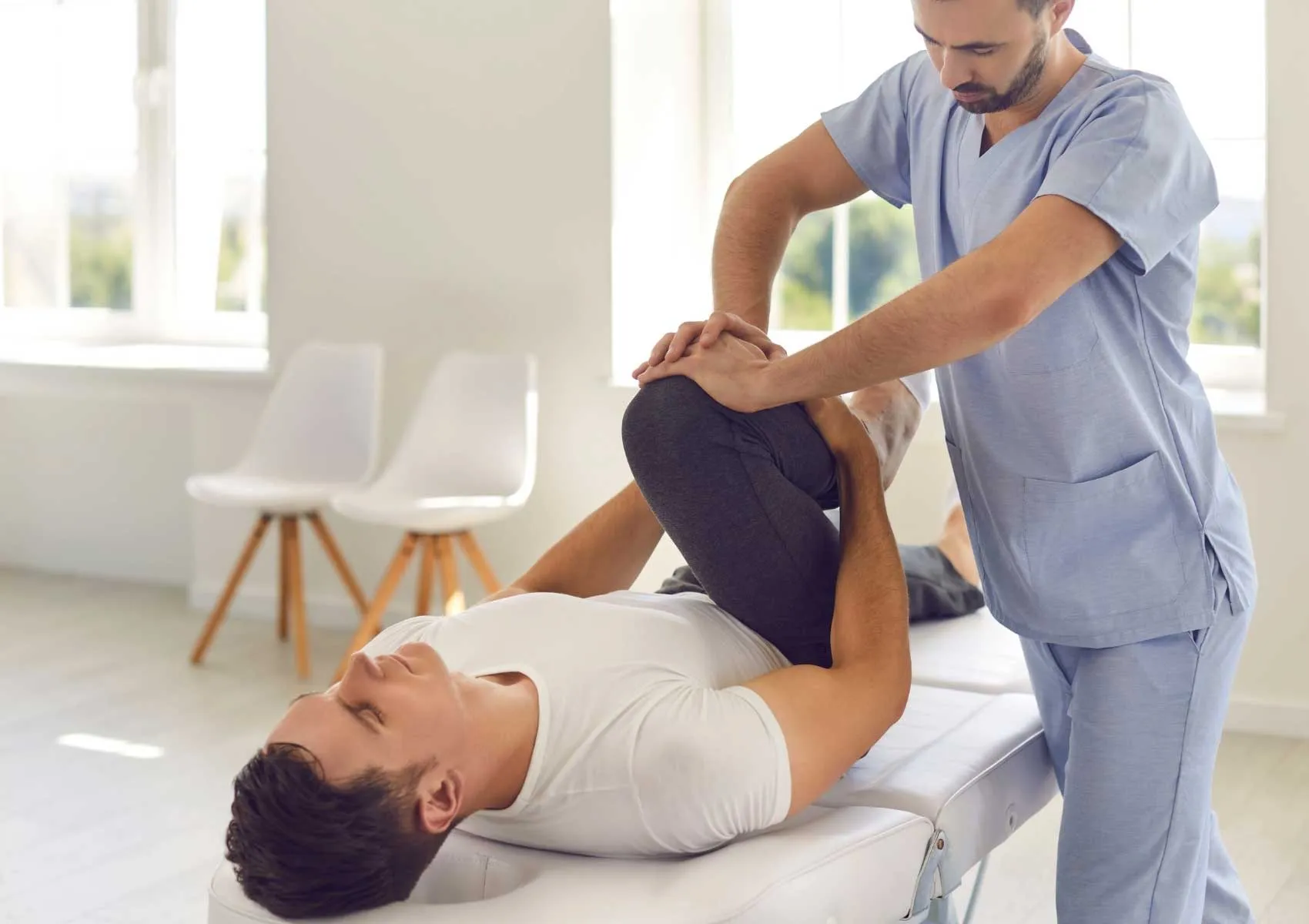Rehabilitation After Sports Injuries: What Does the Process Involve?
Is a Safe Return to Sport Possible After Injury?
Sports injuries—whether in professional or amateur athletes—are common and can have both physical and psychological consequences. Recovery is not just about healing damaged tissues; it’s about restoring full function, rebuilding confidence, and ensuring a safe and effective return to sport. This is where rehabilitation plays a crucial role.
Rehabilitation after a sports injury is a comprehensive, multidisciplinary process that targets strength, flexibility, coordination, balance, and even mental resilience. In this article, we’ll walk you through the stages of rehabilitation, techniques used, and why proper planning and execution are essential for long-term success.
Why Is Rehabilitation Essential After a Sports Injury?
Sports injuries often involve damage to muscles, tendons, ligaments, cartilage, or bone. While tissues may heal over time, this does not mean the surrounding muscles automatically regain strength or that joint stability returns on its own. Without proper rehabilitation, athletes are at risk for:
- Recurrent injuries
- Decreased performance
- Chronic pain or stiffness
- Loss of confidence in movement
- Early-onset joint degeneration
Rehabilitation is not just about recovery—it’s about prevention, re-education, and optimization. It ensures that the athlete does not just return to sport, but returns better prepared than before.
The Five Key Phases of Sports Rehabilitation
The rehabilitation process is typically divided into five progressive phases, each tailored to the injury, individual needs, and sport-specific goals:
1. Acute Phase (First 48–72 hours):
Focus is on pain and inflammation control. This includes rest, ice, compression, elevation (RICE), and immobilization if necessary. Movement is minimized to allow healing.
2. Subacute Phase (1–3 weeks):
As swelling subsides, gentle range-of-motion exercises begin. Pain-free muscle activation, stretching, and modalities like electrical stimulation are introduced to prevent stiffness.
3. Functional Phase (3–6 weeks):
This phase emphasizes muscle strengthening, balance, and proprioception. Light resistance training and coordination exercises prepare the body for daily activities.
4. Sports-Specific Phase (6–12 weeks):
Sport-like movements (e.g., jogging, jumping, cutting) are incorporated. Functional asymmetries are corrected and neuromuscular training intensifies.
5. Return-to-Sport Phase:
This final stage involves performance testing, psychological readiness assessment, and gradual return to competitive-level intensity. Any deficiencies identified are addressed before full clearance is given.
The duration and intensity of each phase vary depending on the type of injury, surgical history, athlete’s physical condition, and compliance with rehabilitation.
Common Techniques and Therapies in Sports Rehab
Rehabilitation is a collaborative effort involving physiotherapists, sports medicine specialists, orthopedic surgeons, and often psychologists. Common techniques include:
- Manual therapy (joint and soft tissue mobilization)
- Balance and proprioception training (balance boards, single-leg drills)
- Electrotherapy (TENS, ultrasound, neuromuscular stimulation)
- Strength and conditioning programs
- Stretching and flexibility training
- Kinesiology taping
- Sport-specific drills and simulations
Advanced rehabilitation centers may also offer 3D motion analysis, isokinetic testing, and virtual balance platforms to track recovery and reduce re-injury risk.
What to Watch Out for During Rehabilitation
- Each program should be customized to the athlete’s sport, position, and injury
- Mental readiness is as important as physical healing
- Some exercises may be contraindicated depending on injury type and healing stage
- Overtraining or returning to sport too soon increases the risk of re-injury
- Clear communication between athlete, therapist, and medical team is critical
It’s not about returning as quickly as possible, but about returning as safely and fully prepared as possible.
When Can an Athlete Return to Sport?
There’s no one-size-fits-all answer. Even two athletes with the same injury may heal at different rates. General timeframes include:
- Mild muscle strains: 2–4 weeks
- Post-meniscus surgery: 6–8 weeks
- ACL reconstruction: 6–9 months
- Tendon repairs: 3–6 months
Return-to-sport decisions should be based on objective testing, functional assessments, and medical clearance—not just the passage of time.
FAQ
-
Can an athlete fully recover without rehabilitation?
Physical healing may occur, but without proper rehab, the risk of re-injury and performance loss is significantly higher.
-
Is the same rehab plan used for all athletes?
No. Programs must be tailored to the individual’s sport, injury, and recovery goals.
-
How do I know I’m ready to return to sport?
Only after passing strength, balance, endurance, and psychological readiness tests under medical supervision.
-
Is psychological support important in rehab?
Yes. Many athletes struggle with fear of re-injury, loss of confidence, or frustration, which can impact recovery.
-
Is rehab only for post-surgical cases?
No. Non-surgical injuries such as sprains and strains also require structured rehabilitation to prevent complications.

